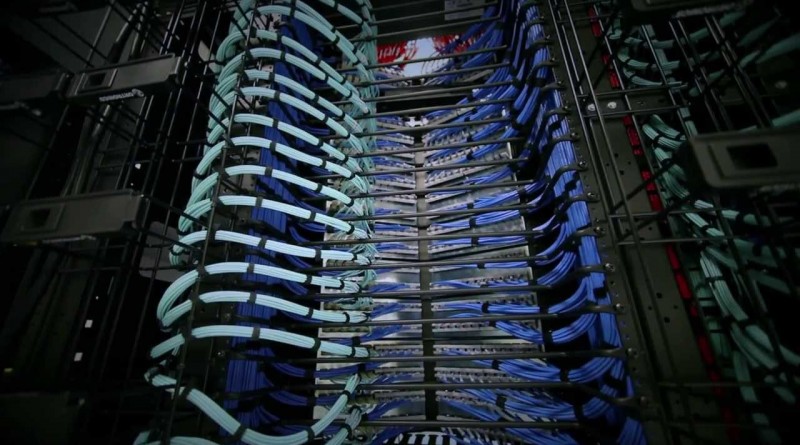Which WAN Connectivity is Best?
MPLS vs. Ethernet
IT engineers and managers can weigh the pros and cons from below comparison between MPLS vs Ethernet technology for WAN connectivity.
MPLS and Carrier Ethernet are two most popular WAN connectivity options. MPS services typically refers to Layer 3 MPLS VPN services, while carrier Ethernet services refers to VPLS (virtual private LAN service), Gigabit and metro Ethernet. According to organization need some service provider WAN connectivity are more useful than others. It mainly depends on need to connect whether it is a remote office to HQ or a backup site to branch.
Here we’ll discuss both advantages of MPLS and advantages of using WAN through Ethernet connectivity. This will help organizations to analyse the pros and cons between both.
MPLS vs. Ethernet for the WAN
| MPLS | Ethernet | |
| Budget | MPLS typically costs more than Ethernet but less than T1 lines. | Ethernet is typically more affordable than MPLS. |
| Scalability | MPLS is best suited when thousands of sites need connectivity. | Ethernet can scale to up to hundreds of sites. |
| Common applications | MPLS is best and most widely used to interconnect data centers with branch offices and branches to other branches. | Ethernet is best for interconnecting data centers. |
| WAN routing | MPLS allows businesses to leave WAN routing to the service provider and keep fewer WAN engineers on staff. | Ethernet gives WAN engineers control and responsibility over routing. |
| WAN protocol behaviour | MPLS can handle any-to-any connectivity, including voice and video. | Ethernet offers low-latency and high-throughput, which is ideal for disaster recovery. |
| Quality of service | MPLS has quality of service (QoS) options to enable preferential treatment of latency-sensitive traffic like VoIP. | Network engineers can bypass QoS complexity by hooking switches directly to Ethernet pipes. |
| SLA (Service level agreements ) | MPLS services come with service-level agreements (SLAs) that include delivery guarantees, unlike consumer broadband. | IT professionals should either ask for an SLA for their Ethernet service or take WAN application delivery into their own hands. |
| WAN management | Using MPLS for WAN connectivity requires that all network devices and management tools be compatible with both MPLS and Ethernet.
|
Because LANs use Ethernet, using Ethernet for the WAN gives organizations an all-Ethernet infrastructure, which simplifies network management.
|
| Availability | Many service providers offer MPLS services in some metropolitan areas, but not everywhere. | Ethernet exchanges have made Ethernet WAN services available in more locations. |
It is very important to examine business needs, research the service provider options available in geographical regions and understand the existing resource available within network before jump into conclusion.
MPLS is best suitable for companies that need to support delay-sensitive applications such as VOIP, companies need to monitor their networks regularly and understand the applications that exploit them to establish the class of service they are receiving and their applications are linked to the appropriate service class.
One of Ethernet’s main advantages is that it is one of the cheapest network architecture to implement and its main disadvantage is when multiple users hog the line for claiming resources it will slow down the network or it may even bring down the network sometimes on heavy load.
Systems that rely on high speed connectivity have always preferred Ethernet. The high speed transport capability of Ethernet enabled the increase in data-intensive services such as HDTV on-demand services and many more. With Ethernet companies can connect two different locations that are thousands of miles apart and make the networks act like next-door neighbours.

